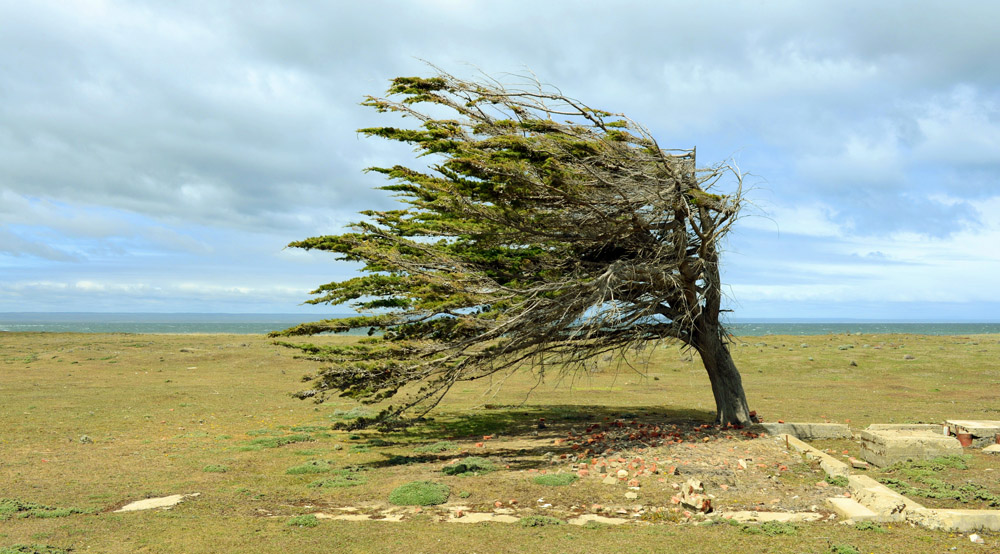Parashat Vayaq’hel-P’qudei/Ha-Hodesh (5780-2020)
Exodus 35:1 – 40:38
How to respond to a crisis? We struggle during this difficult time to find a balance between navigating unique circumstances and yet holding on to our tried-and-true routines. All our places of social gathering have been closed and we sense a great responsibility to be cautious and caring. It is disorienting for some and comforting for others – and for some of us it may be both at the same time – that certain rhythms, such as those determined by the Jewish ritual calendar, just keep on going on, no matter what.
So perhaps it is fitting that I will resort to an old message that I shared with you in 2011 about this week’s Torah reading. It was a message written in a different time. Yet it seems to me to speak about very current issues. And, by the way, it is also the message that was chosen to be repeated last year, while I was on sabbatical! So what shall we make of this strange coincidence? Perhaps one lesson to learn is that, just as we find meaning in the routine of the annual Torah reading cycle, so can we find renewed meaning in some of the thoughts we have entertained before. They are the same, but they are different because the times are different and so are we:
Parashat Vayaq’hel (5771 – 2011)
This portion tells us that Moses “gathered together the entire community of the Children of Israel.” (Ex. 35:1) This inclusive act follows on the heels of the disastrous episode of the Golden Calf. After such a terrible spiritual failure the people needed to be strengthened and affirmed. They are told once more that they must embark upon building a sacred Meeting Place for God to dwell with them. And they respond enthusiastically.
There is much repetition in this and the following portion of material already mentioned in the previous Torah portions that were devoted to the detailed instructions regarding the Tabernacle. So it is hard to get excited about what seems to be the same words all over again. Indeed, the traditional commentators have much less to say at this point because they rely on what they explained the first time the topics were raised.
But the real importance of this portion is not that it may have some new verses or details never before included in the previous Tabernacle texts. Rather, the force of this text is to convey the astounding resilience of the Children of Israel and the amazing tensile strength of their relationship with God, as they survive the trauma of the Golden Calf crisis. While the story of our enslavement in Egypt and our exodus from there is the first story in our long history of Jewish survival in the physical sense, this Torah portion relates the first story in our long history of our survival in the spiritual sense, as a holy people, full of “generosity of heart” (- see 35:5, among many instances in this portion) and “wisdom of heart” (see 35:10, among many instances in this portion).
The fact that the sun still shines and that it rises again and again, every day, may lead us to take it for granted. But this does not make that phenomenon any the less wondrous. So, too, the repetition of the Tabernacle text can be taken for granted, or it can be read with an analogous sense of wonder. We have fallen and failed so many times, as people and as a people. How amazing that we have picked ourselves up repeatedly and gone on with our sacred business, almost as if nothing has happened, without changing the text.
Shabbat Shalom
Rabbi David Greenstein
Subscribe to Rabbi Greenstein’s weekly d’var Torah
image – licensed commercial stock image
Thank you to John Lasiter for suggesting the title and selecting an image for this Torah Sparks – Rabbi Greenstein
- Toby Stein: In Memoriam - Thu, Feb 8, 2024
- Faithfulness and Hope: Parashat Sh’lach - Thu, Jun 23, 2022
- Past Their Prime: Parashat B’ha`a lot’kha - Thu, Jun 16, 2022

